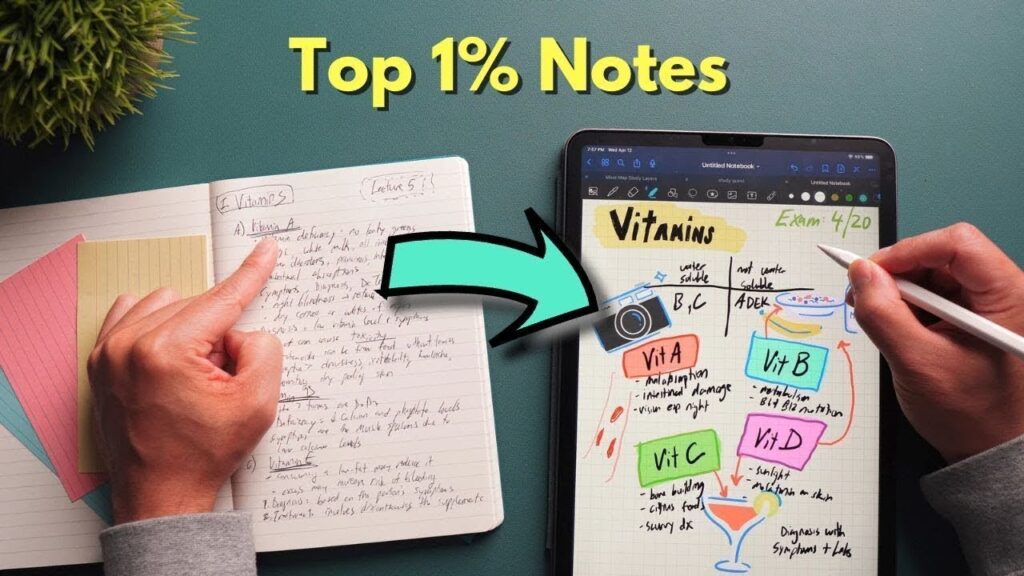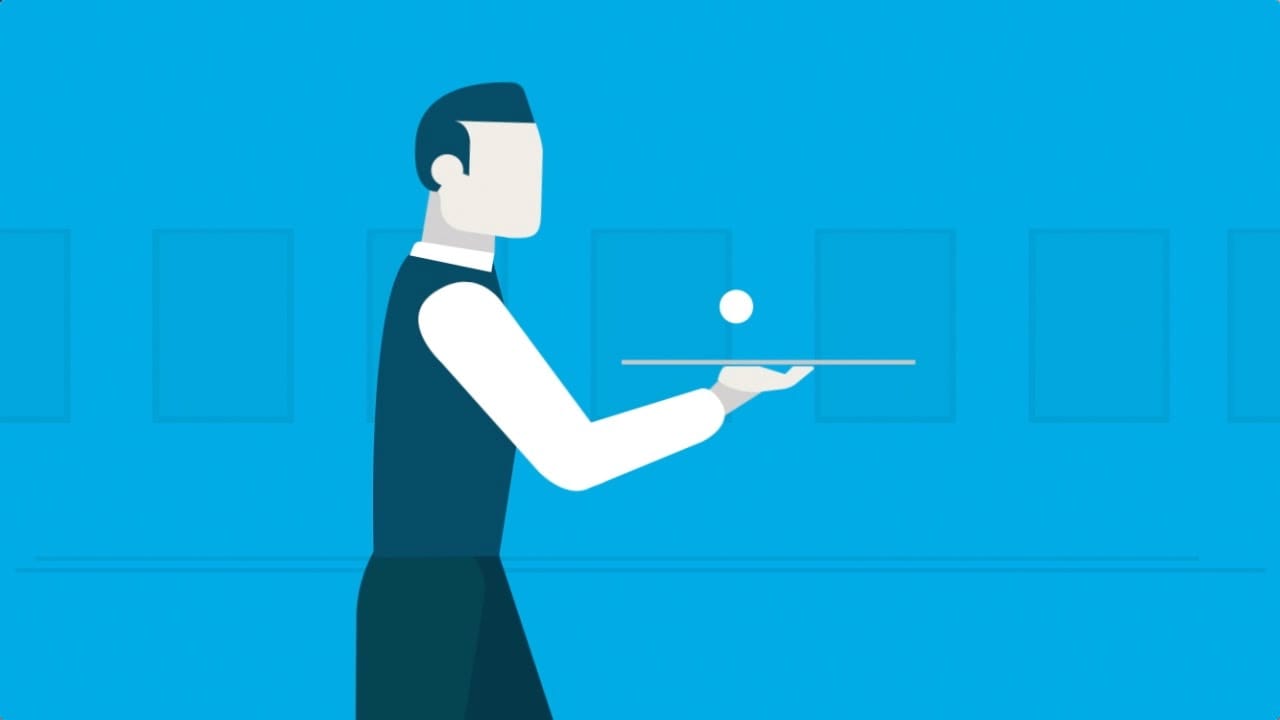Are your notes a jumbled mess of random points, or do they truly help you learn and retain information? Mastering note-taking is a game-changer for students, professionals, and lifelong learners alike. By combining visual and strategic techniques, you can transform your notes into powerful tools for understanding, retention, and creativity. In this article, we’ll explore proven methods to elevate your note-taking skills and make learning more effective and enjoyable.
Why Note-Taking Matters
Effective note-taking is more than just writing down information—it’s about processing, organizing, and retaining knowledge. Here’s why it’s so important:
- Improved Comprehension: Taking notes helps you actively engage with the material, leading to better understanding.
- Enhanced Memory: Writing things down reinforces learning and improves recall.
- Efficient Review: Well-organized notes make studying and revisiting information easier and faster.
- Creative Thinking: Visual and strategic note-taking techniques can spark new ideas and connections.
Visual Note-Taking Techniques
Visual note-taking leverages images, symbols, and layouts to make information more engaging and memorable. Here are 3 powerful visual techniques to try:
1. Mind Mapping
- What It Is: A visual diagram that organizes information around a central idea, using branches and keywords.
- How to Use It: Start with a central topic and add branches for subtopics, using colors and images to enhance clarity.
- Why It Works: Mimics the brain’s associative thinking, making connections between ideas easier to see.
2. Sketch Notes
- What It Is: Combining handwritten notes with doodles, icons, and diagrams.
- How to Use It: Replace text with simple drawings or symbols wherever possible. Use arrows, boxes, and connectors to show relationships.
- Why It Works: Visual elements make notes more engaging and easier to remember.
3. Flow Notes
- What It Is: A free-form method that uses arrows, charts, and diagrams to show the flow of information.
- How to Use It: Write down key points and connect them with arrows or lines to show relationships and processes.
- Why It Works: Helps you see the “big picture” and understand how ideas fit together.
Strategic Note-Taking Techniques
Strategic note-taking focuses on organizing information in a way that supports learning and retention. Here are 3 effective strategies:
1. The Cornell Method
- What It Is: A structured format that divides the page into sections for notes, cues, and summaries.
- How to Use It: Write notes in the main section, add keywords or questions in the cue column, and summarize the content at the bottom.
- Why It Works: Encourages active engagement and makes reviewing notes more efficient.
2. Outlining
- What It Is: Organizing information hierarchically using bullet points and indents.
- How to Use It: Start with main topics, then add subtopics and details underneath.
- Why It Works: Creates a clear, logical structure that’s easy to follow and review.
3. The Charting Method
- What It Is: Organizing information into tables or charts for easy comparison.
- How to Use It: Create columns and rows to categorize information, such as dates, events, or concepts.
- Why It Works: Ideal for comparing and contrasting information, making it easier to analyze.

Combining Visual and Strategic Techniques
For maximum impact, combine visual and strategic note-taking methods. For example:
- Use mind mapping to brainstorm ideas, then organize them into an outline.
- Add sketch notes to your Cornell notes to make them more visually engaging.
- Use flow notes to show relationships, then summarize key points using the charting method.
Real-Life Applications of Effective Note-Taking
- Students: Improve exam performance by using mind maps to study complex topics or the Cornell method to review lecture notes.
- Professionals: Organize meeting notes with outlines or sketch notes to capture key ideas and action items.
- Creative Projects: Use flow notes to brainstorm and plan projects, ensuring all ideas are connected and actionable.
The Science Behind Note-Taking
Effective note-taking is supported by research in cognitive psychology and neuroscience:
- Dual Coding Theory: Combining words and images improves learning and memory.
- Active Engagement: Writing notes by hand (rather than typing) enhances comprehension and retention.
- Chunking: Breaking information into smaller, organized chunks makes it easier to process and remember.
Final Thoughts: Start Mastering Note-Taking Today
Mastering note-taking is a skill that can transform the way you learn, work, and think. By combining visual and strategic techniques, you can create notes that are not only organized and efficient but also engaging and memorable. Whether you’re a student, professional, or lifelong learner, these methods will help you achieve your goals with clarity and confidence.
At Onescholar.org, we provide actionable career growth and skill development tips to help you succeed in today’s competitive world.
VIDEO CREDIT:






